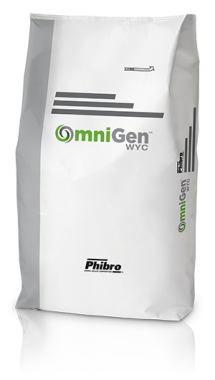A Commonsense Approach to Managing Heat Stress
Simple Measures Can Have a Big Effects on Cows Comfort and Production
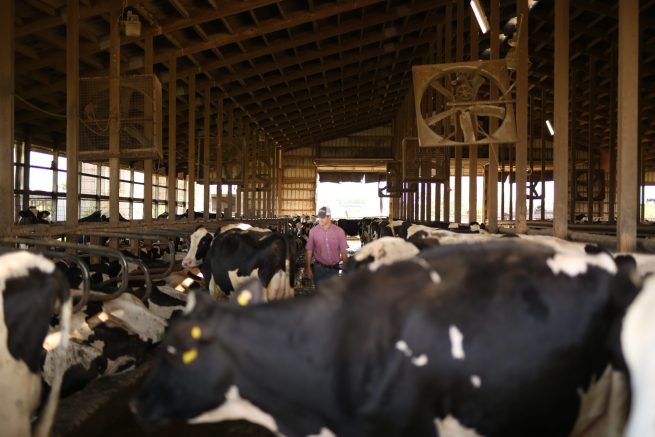
Heat stress can be a daunting issue, costing the average U.S. dairy producer $264 per cow each year1 and affecting dairy cows in nearly all 50 states. While there’s no magic bullet for alleviating heat stress, a commonsense approach to management can reduce the impact that heat stress has on your herd’s health and productivity.
“Heat stress in the United States is very prevalent in the dairy industry, and because the metabolic rate is highest in lactating and high-producing animals, those cows are the most susceptible to its effects,” says Dr. Glenn Holub, Executive Technical Services Manager for Dairy, Phibro Animal Health Corporation. “Heat stress can affect them on the cellular level and reduce production compared to an animal in a thermal-neutral range of temperatures that’s not expending energy in an attempt to cool its body.”
Five Commonsense Measures to Help Manage Heat Stress
- Provide shade. “It sounds obvious, but shade is the number one way to avoid the effects of heat stress on your cows, because shade reduces about half of a cow’s heat load,” advises Holub. This is true for both traditional dairy operations and the dry lot dairies more common in the western and southwestern United States.
- Consider airflow. Sixty-five square feet per cow may sound like a lot, but that’s ideal to allow enough space between cows for them to lie down and to promote airflow in shaded areas, according to Holub. While fans can help to move air, he cautions that they can be detrimental if the air temperature around the cows is hotter than the cows themselves, which creates a hot hair dryer effect. Also, holding pens for milking parlors are often the most offending part of the farm. Cows are crowded too close together and airflow is often restricted because of walls on the sides. “Fortunately, most modern parlors are much cooler, with better cross-ventilation and fan movement,” Holub says. “You can also give cows a good soaking or provide drinking water as they head back to the pen to keep them hydrated and remove some excess heat.”
- Use misters but, consider the timing. While Holub says that intermittent misters can go a long way in alleviating heat stress, Holub warns producers to time them carefully. “In timing misters and fans, you want to be sure you’re not creating an overly wet environment that’s conducive to diseases like mastitis that can occur when cows lie down in a wet area or even wet manure,” he warns.
- Adjust nutrition and have plenty of water available. Cows tend to eat more at night during the hot summer months, so you’ll want to have feed available then. Holub reminds producers to be sure to provide adequate intake of feed and fresh, clean water. Heat-stressed cows drink up to twice as much water, meaning that a large-bodied cow can drink up to 55 gallons — nearly a full barrel — of water each day. Holub says that some producers also feed cations, such as potassium. These cations are often found in sports drinks to balance human electrolytes, and they offer similar benefits for dairy cows.
- Optimize immunity. OmniGen® nutritional specialty product is a heat stress management solution that has been proven to support healthy immune function and can help alleviate the effects of heat stress leading to lower respiration rates and rectal temperatures in heat stressed cows. “We see the greatest change when cows are fed OmniGen before they hit a heat stress slump,” Holub says. “Cows produce a huge metabolic amount of heat, so when we add heat stress to the mix, we’re just asking for problems if we’re not supporting the cow’s immune system.”
Heat stress occurs gradually and likely earlier than you’d think — typically in April for most of the United States. Fortunately, with these commonsense approaches to managing heat stress, producers can offset most of its effects to help keep their cows healthy and productive.
For more information on heat stress, contact your local dairy advisor or visit www.theOmniGenDifference.com. For additional insights from Dr. Holub, download the free webinar, “Dairy’s Most Profit-Draining Challenges: Heat Stress” on the Phibro Academy web site.
1Key, N. et al., 2014. Climate Change, Heat Stress, and U.S. Dairy Production, Rep. No. 175.
OG330722GLB ©2023 Phibro Animal Health Corporation. Phibro, Phibro logo design, Healthy Animals. Healthy Food. Healthy World. and OmniGen are trademarks owned by or licenses to Phibro Animal Health Corporation or its affiliates.
Dairy Cattle Products
Learn how OmniGen® nutritional specialty products offer immune support to help your cows handle the effects of heat stress.





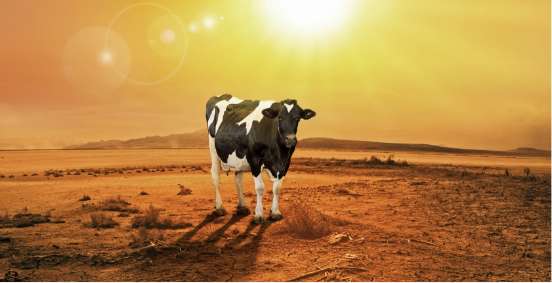
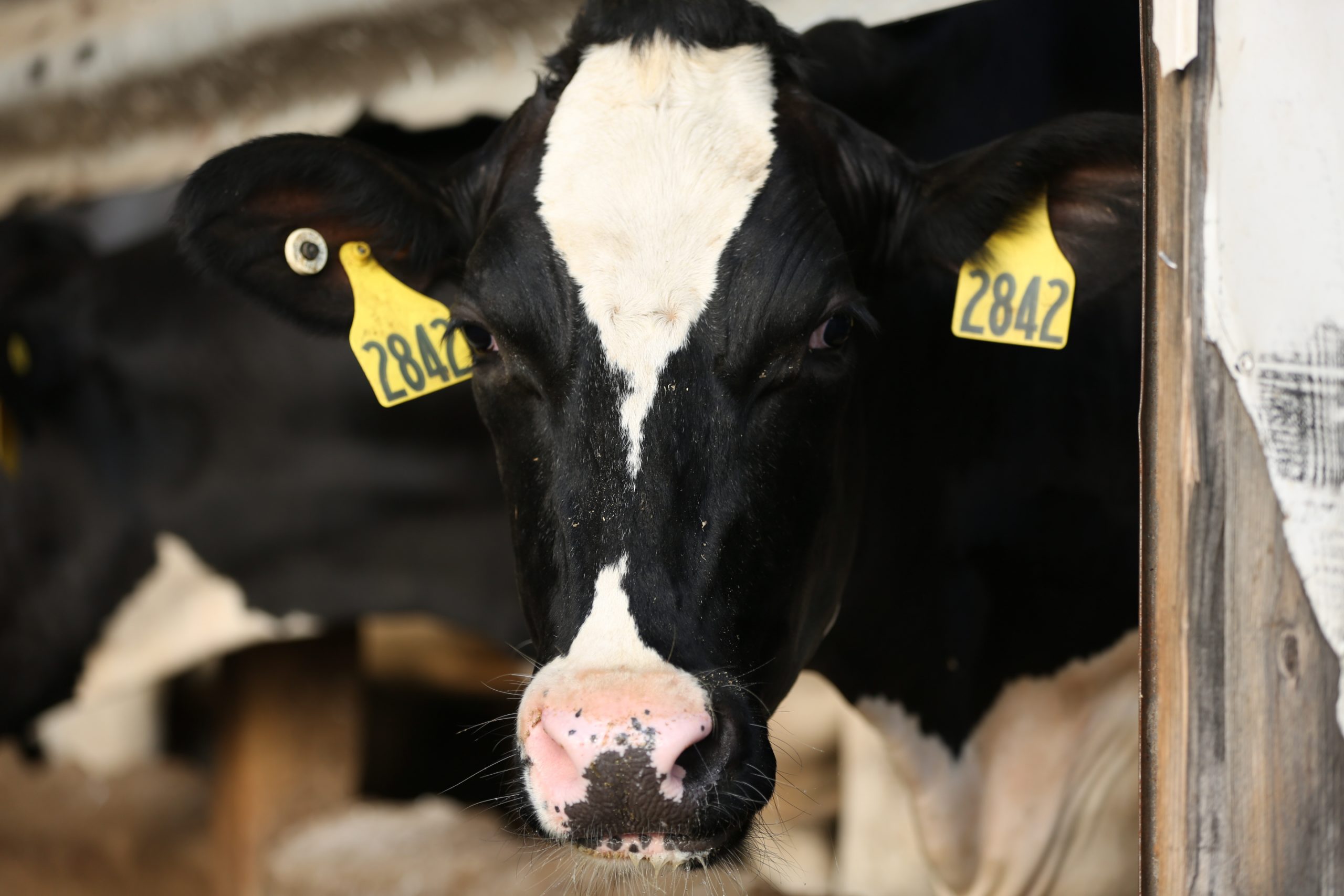
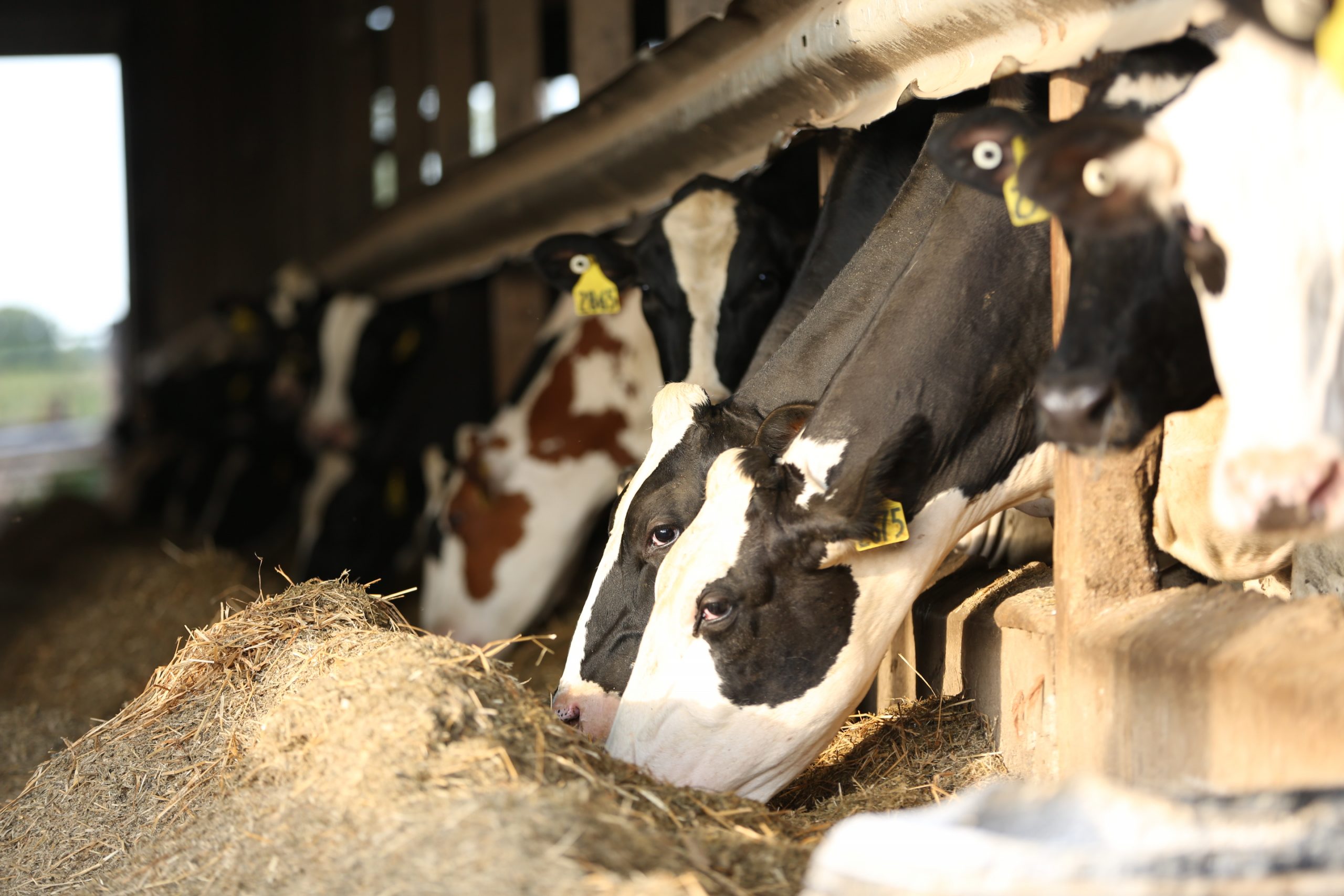
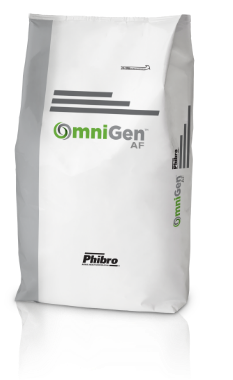
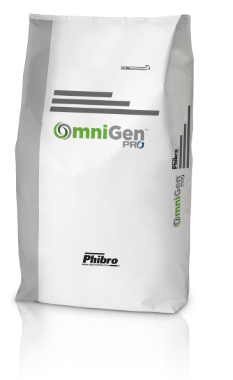
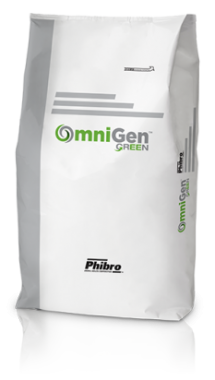
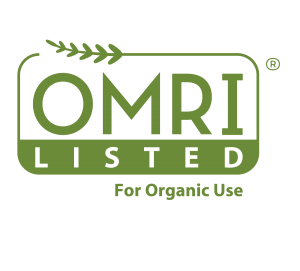 OmniGen Green is Organic Material Review Institute (OMRI) listed.
OmniGen Green is Organic Material Review Institute (OMRI) listed.